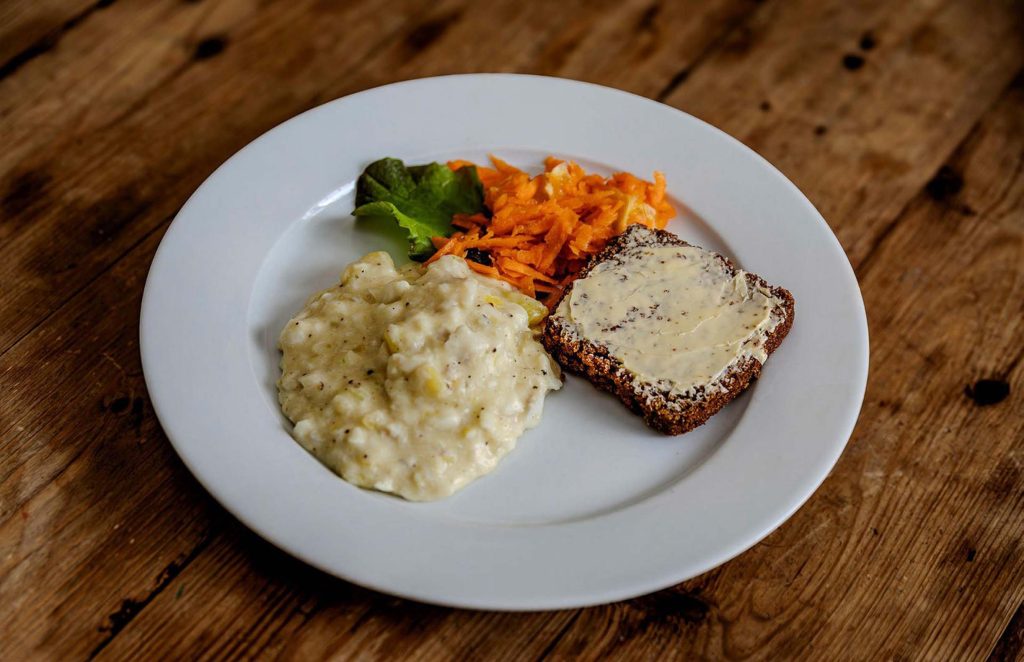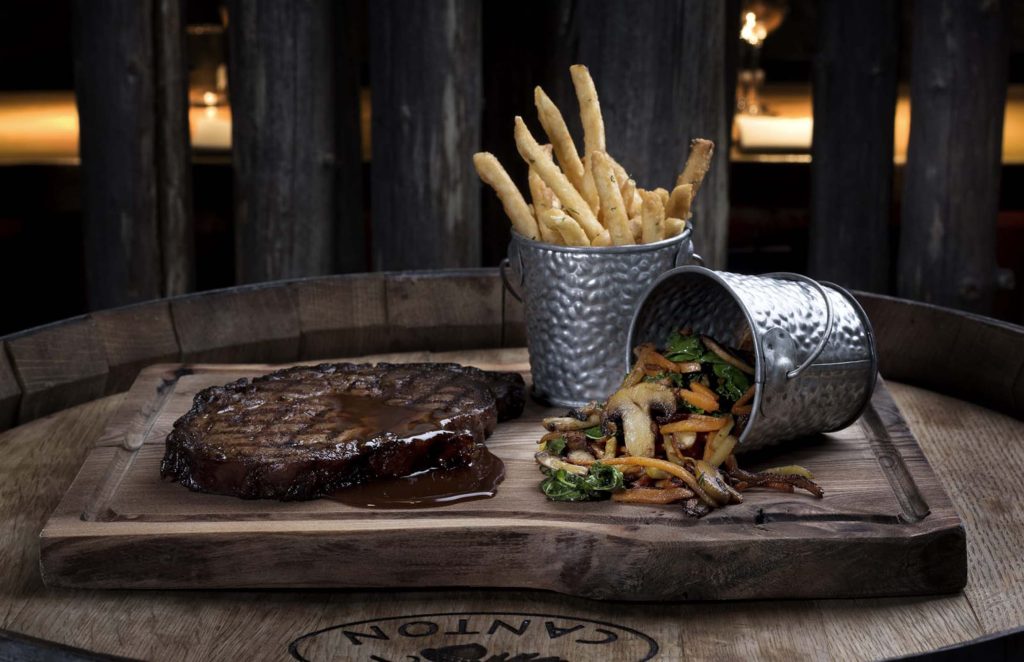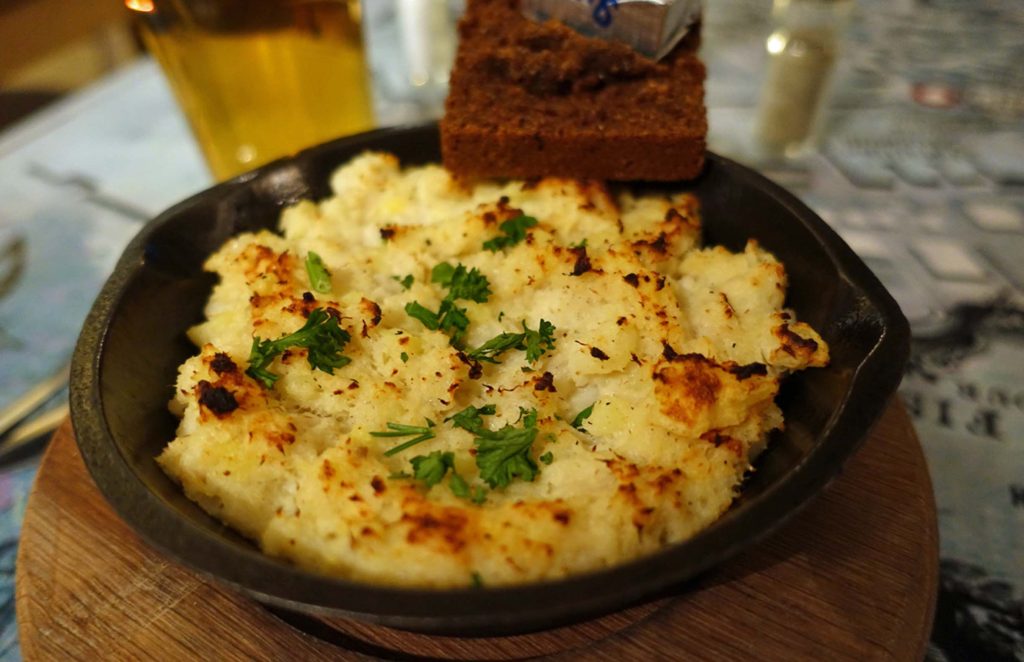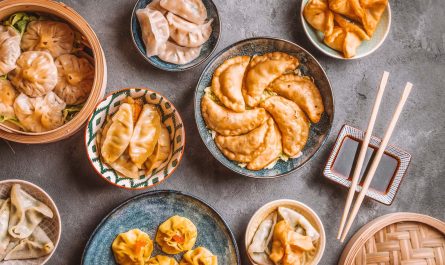Embracing the stunning landscapes of Iceland unveils not only breathtaking views but also a rich tapestry of flavors and culinary treasures. Beyond its icy vistas, the essence of this mesmerizing land lies in its diverse and delectable cuisine. Join me on a culinary odyssey through Iceland’s Arctic offerings, where the frigid beauty extends far beyond the landscapes, delving into a world of distinctive tastes and culinary wonders.
Icelandic Cuisine: A Brief Overview
In Iceland, the culinary scene is deeply rooted in the country’s natural resources and centuries-old traditions. The local cuisine is a celebration of the bounties sourced from the land and sea, creating a unique gastronomic experience that goes beyond just a meal.
One of the defining aspects of Icelandic cuisine is its emphasis on fresh seafood. Being an island nation surrounded by rich, cold waters, Iceland boasts an abundance of high-quality fish like cod, haddock, salmon, and herring. These varieties of fish form the basis of many traditional dishes, prepared in diverse ways such as smoking, curing, or simply served fresh.
Lamb also holds a special place in Icelandic cuisine. The country’s free-roaming sheep graze on wild herbs and grasses, resulting in tender and flavorful meat. Traditional lamb dishes, often slow-cooked or roasted, showcase the natural richness and taste of this local delicacy.
Moreover, Iceland’s dairy products are highly regarded for their quality and freshness. The country’s lush pastures contribute to the production of rich and creamy dairy items like skyr (a type of yogurt), various cheeses, and butter. These dairy products not only stand out for their taste but also play a significant role in many traditional recipes.
One of the most fascinating aspects of Icelandic culinary practices is the utilization of geothermal heat for cooking. The country’s volcanic landscape allows for the harnessing of natural geothermal energy, which is employed in unique cooking methods such as baking bread in underground ovens or steaming food in natural hot springs. This age-old technique imparts a distinct flavor to certain dishes, making them a true representation of Iceland’s culinary heritage.
Dining in Iceland isn’t merely about satiating hunger; it’s an immersive experience into the country’s rich history and cultural heritage. The reliance on locally sourced ingredients and traditional cooking methods reflects a deep connection to the land and sea, preserving and honoring Iceland’s culinary traditions through generations. It’s this fusion of nature’s bounty, traditional recipes, and innovative cooking techniques that make Icelandic cuisine a delight for both locals and visitors alike.
Breakfast:

That morning in Reykjavik wasn’t just about starting the day; it was a plunge into the heart of Iceland’s heritage through a traditional breakfast at Café Loki. Opting for the classic Icelandic dark rye bread adorned with smoked trout and the creamy skyr, I found myself transported into an authentic culinary affair, priced at around 1800 Icelandic Krona, a true embodiment of Icelandic essence.
The initial taste of Rúgbrauð was a revelation in itself. The robust notes of the dark rye bread, the succulence of the smoked trout, and the delicate yet rich creaminess of the skyr orchestrated a symphony of flavors that surpassed all my expectations. The amalgamation of these elements created a harmonious blend, a perfect fusion that tantalized my taste buds and left me in awe.
Despite the seemingly higher price tag, this breakfast experience wasn’t merely a transaction for sustenance. It was a profound immersion into the Icelandic way of life. Each bite felt like an introduction to the country’s soul, unveiling layers of history and cultural intricacies through its culinary treasures.
Dining here wasn’t just about filling up; it was a journey of discovery, a satisfying exploration into Icelandic culture. This breakfast encounter wasn’t confined to the realm of food; it was a spiritual awakening. It ignited within me a deeper reverence and fondness for the captivating cuisine and cultural heritage that define this extraordinary country.
Lunch:

At midday, I embarked on an epicurean escapade at Grillmarkaðurinn, delving into the revered Icelandic lamb dish. The experience transcended mere dining; it was a symphony of extraordinary flavors and textures. The succulent lamb, meticulously paired with locally sourced vegetables and aromatic herbs, painted a canvas of culinary brilliance. The restaurant’s ambiance, coupled with attentive service, elevated the meal to a realm of pure enjoyment. Priced at roughly 5000 Icelandic Krona, this dining experience served as a testament to the unparalleled quality of Icelandic ingredients.
The arrival of the dish heightened my anticipation. The lamb exuded an enticing aroma, a prelude to the explosion of flavors awaiting discovery. The initial bite was revelatory – the lamb’s tenderness, juiciness, and natural savory essence were captivating. It was apparent that every aspect of the meat had been meticulously handled, allowing each ingredient to harmonize perfectly. The locally sourced vegetables and herbs added a layer of freshness and vibrancy, amplifying the depth and complexity of each mouthful.
Grillmarkaðurinn’s ambiance played an integral role in enhancing the overall experience. The fusion of cozy yet elegant surroundings crafted an inviting atmosphere, intensifying the pleasure of the meal. The attentive service provided an extra dimension, with the staff’s expertise and enthusiasm elevating every facet of the dining affair.
Despite the cost of approximately 5000 ISK, every krona was a worthwhile investment. More than just a lunch, it was an expedition into the artistry of Icelandic culinary mastery. Each component of the dish served as a testament to the flawless quality of the ingredients and the dedication poured into its preparation.
This lunch at Grillmarkaðurinn wasn’t confined to a mere culinary encounter; it was a sensorial expedition through the essence of Icelandic cuisine. It etched an enduring impression, deepening my admiration for the unparalleled excellence of Icelandic lamb and solidifying my reverence for the culinary brilliance that defines Iceland’s gastronomic landscape.Dinner:
As the day in Reykjavik neared its end, I eagerly made my way to Sægreifinn, nestled in the city’s old harbor, for a seafood feast. The dinner turned out to be an unforgettable experience. The seafood soup, presented in a bread bowl, and the grilled “Plokkfiskur,” a traditional fish stew, stole the spotlight. At a reasonable price of 3000 Icelandic Krona, this meal was a true reflection of Iceland’s deep maritime roots.
Arriving at Sægreifinn filled me with excitement and anticipation. The old harbor setting had an authentic charm, and the scent of the sea lingered in the air, creating an atmosphere that promised a genuine seafood indulgence. The first sight of the seafood soup served in a bread bowl was captivating. The aroma alone was enough to whet my appetite, and the presentation in a crusty bread bowl added an extra element of allure.
The initial spoonful of the seafood soup was a revelation. Rich in flavors derived from the sea, it was a symphony of various seafood delicacies harmonizing together. The freshness of the ingredients was unmistakable, and each spoonful offered a burst of maritime essence that resonated with Iceland’s seafaring heritage.

The grilled “Plokkfiskur” further elevated the dining experience. The traditional fish stew, expertly grilled, boasted a medley of flavors that danced on my palate. The tenderness of the fish, combined with the wholesome taste of the stew, was a testament to the culinary expertise invested in this dish.
Despite its modest price of 3000 ISK, the meal was a treasure trove of Icelandic culinary heritage. It wasn’t just a dinner; it was a journey through Iceland’s maritime legacy. Every bite was a tribute to the country’s rich connection with the sea and its bountiful offerings.
Dining at Sægreifinn wasn’t solely about the food; it was an immersion into Iceland’s seafaring history and the flavors that have shaped its cultural identity. This culinary experience left an impression, deepening my appreciation for Iceland’s abundant seafood and the stories woven within each dish.
In conclusion, Iceland’s culinary landscape isn’t merely a feast for the palate; it’s a reflection of a nation deeply connected to its land and sea. From the pristine freshness of its seafood to the succulent flavors of its lamb and the creative utilization of natural resources like geothermal heat, every bite tells a story of tradition, innovation, and a deep respect for nature. As I bid adieu to this enchanting country, the memories of each gastronomic encounter linger, reminding me that Iceland’s culinary treasures are as captivating as its panoramic vistas, leaving an indelible mark on anyone fortunate enough to savor its Arctic cuisine.


